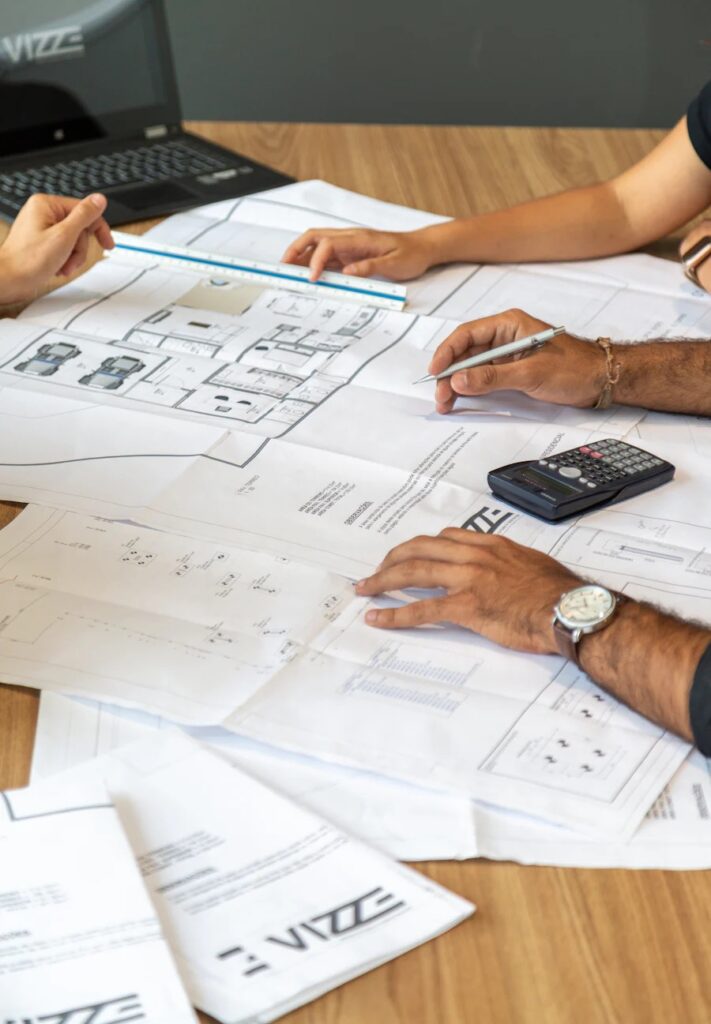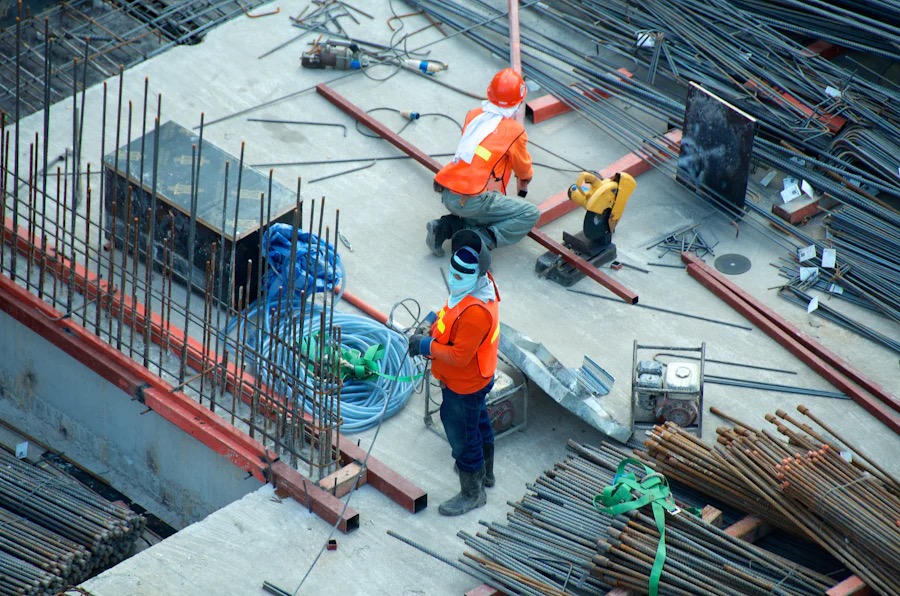In the fast-paced world of architecture, engineering, and construction, the ability to capture, document, and collaborate with unmatched 3D visual clarity has become more important than ever before. Thanks to advances in technology, professionals in these industries can now utilise digital twins and reality capture tools to create dimensionally accurate models of their projects, allowing for improved communication and efficiency throughout the entire process.
Digital Twins Benefits
 One of the key benefits of using digital twins and reality capture technology is the ability to easily collaborate with colleagues and clients. By creating detailed 3D models of buildings or structures, teams can quickly and accurately share information, making it easier to identify potential issues and come up with solutions. This level of clarity and accuracy can help streamline the design and construction process, ultimately saving time and money.
One of the key benefits of using digital twins and reality capture technology is the ability to easily collaborate with colleagues and clients. By creating detailed 3D models of buildings or structures, teams can quickly and accurately share information, making it easier to identify potential issues and come up with solutions. This level of clarity and accuracy can help streamline the design and construction process, ultimately saving time and money.
Another advantage of using digital twins and reality capture technology in architecture, engineering, and construction (AEC) is the ability to conduct remote estimating. With the ability to create detailed models of projects from a distance, professionals can more accurately estimate materials and costs without needing to physically visit the site. This can be especially useful in situations where travel is limited or not possible, allowing projects to move forward smoothly and efficiently.
Digital Twins and Reality Capture Technology
One popular tool that is commonly used in conjunction with digital twins and reality capture technology is SCAN-TO-CAD. This allows professionals to quickly and easily convert scanned images or data into CAD models, making it easier to incorporate existing structures or features into new designs. This can be particularly helpful when working on renovations or additions to existing buildings, as it allows for seamless integration of new and old elements.
Additionally, digital twins and reality capture technology can be used for fault identification, helping professionals to quickly and accurately pinpoint issues or defects in a building or structure. By creating detailed 3D models, teams can easily visualise and assess potential problem areas, allowing for quicker and more effective solutions. This level of precision can help to avoid costly mistakes and delays during the construction process, ultimately leading to a more successful project overall.
In conclusion, the growing reliance on digital twins and reality capture technology in architecture, engineering, and construction (AEC) is revolutionising the way professionals work. By harnessing the power of 3D visual clarity, dimensionally accurate models, remote estimating, SCAN-TO-CAD software, and fault identification tools, professionals in these industries can streamline their processes, improve communication, and ultimately deliver better results for their clients. Embracing these innovative tools is essential for staying ahead in the competitive world of AEC, so don’t be afraid to explore the possibilities and see how they can benefit your projects.





